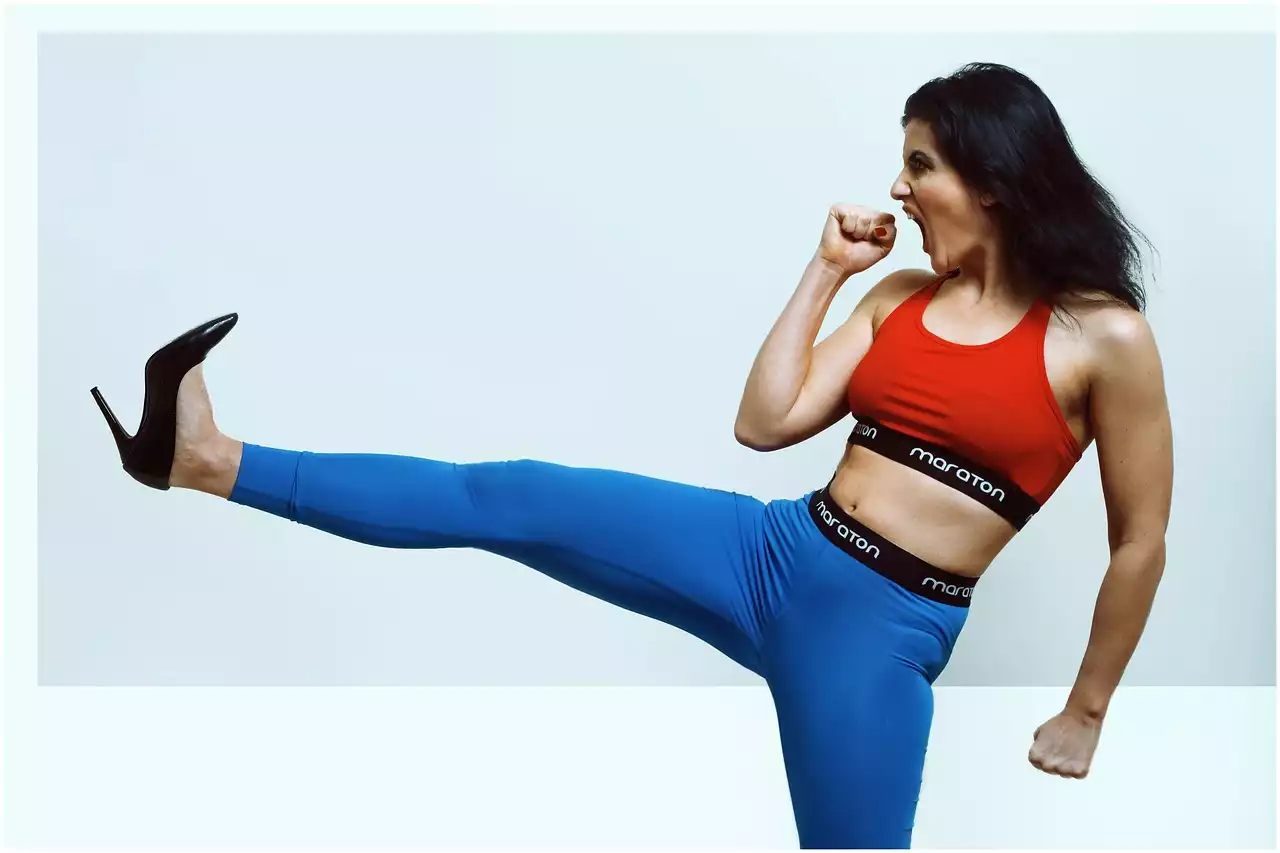What is Karate?
Karate is a martial art form that was developed in Japan and Okinawa. It is a combination of hard and soft techniques that involve striking, blocking, kicking, and grappling. Karate is often taught in a dojo environment and is divided into three different styles: Shotokan, Shito-Ryu, and Wado-Ryu. Each style has its own unique techniques and focus. Karate is also divided into levels of proficiency, with beginners typically learning the basics before advancing to more complex techniques.
Karate is an excellent form of self-defense and physical fitness. The movements are precise and powerful, and they require focus and dedication. Learning karate requires patience and discipline, and can be an excellent way to stay active and build strength. Karate can also be a great way to learn self-defense and develop confidence.
Qualities of a Qualified Karate Instructor
When you’re looking for a karate instructor, it’s important to find someone who is qualified and experienced. Here are some qualities to look for in a karate instructor:
- A good karate instructor should have a deep understanding of the techniques and theories of karate. They should be able to explain the techniques clearly and provide feedback to help you improve.
- A qualified karate instructor should have a good reputation. Look for instructors who have experience teaching karate, and who have a good reputation in the community.
- A good karate instructor should be patient and encouraging. They should be able to provide constructive feedback and guidance to help you improve your technique.
- A qualified karate instructor should be knowledgeable and experienced. They should be able to teach a variety of techniques and be familiar with the different styles of karate.
- A good karate instructor should be safety-minded. They should be able to provide a safe environment and demonstrate proper safety techniques.
Introducing the Basic Kicks and Punches of Karate
The basic kicks and punches of karate can be divided into three categories: front kicks, side kicks, and roundhouse kicks. Front kicks are typically used for self-defense and are most effective when used to target the lower body. Side kicks are used to target the midsection and are often used to set up other techniques. Roundhouse kicks are used to target the head and are typically used as a finishing move.
In addition to the basic kicks and punches, there are also a variety of advanced techniques such as sweeps, blocks, and counters. These techniques require more skill and experience and should be learned from a qualified instructor.
How to Properly Execute the Basic Kicks and Punches of Karate
In order to properly execute the basic kicks and punches of karate, there are certain techniques that must be followed. Here are some tips for executing the basic kicks and punches correctly:
- Stance: It is important to maintain a strong stance when performing the basic kicks and punches. Your feet should be shoulder-width apart and your arms should be positioned in front of your body.
- Posture: Your posture should be upright and your shoulders should be relaxed. Your chin should be slightly tucked and your eyes should be focused on your opponent.
- Breathing: Breathing is an important part of karate. It is important to take deep breaths and exhale slowly as you perform the techniques.
- Technique: It is important to focus on the technique of the kick or punch. You should focus on accuracy and power, and use the correct form for each technique.
- Follow Through: It is important to follow through with each technique. This will ensure that you are generating maximum power and accuracy.
Safety Tips for Karate Training
Karate is a physical activity and it is important to practice safety while training. Here are some safety tips to keep in mind when practicing karate:
- Wear the Proper Gear: It is important to wear the proper gear when practicing karate. This includes a gi, mouth guard, and appropriate footwear.
- Warm-Up: It is important to warm up before training. This will help to reduce the risk of injury and improve your performance.
- Listen to Your Instructor: It is important to listen to your instructor and follow their instructions. Do not attempt to perform techniques that you are not ready for.
- Take Breaks: It is important to take breaks during training. This will help to prevent fatigue and injury.
- Stretch: It is important to stretch after training. This will help to reduce soreness and improve your flexibility.
- Stay Hydrated: It is important to stay hydrated during training. This will help to prevent dehydration and fatigue.
Karate Training Drills
Karate training drills are an important part of karate training. They help to improve technique, speed, and power. Here are some karate training drills that are often used:
- Kata: Kata is a series of pre-arranged movements that help to develop technique and power. They can also be used to practice self-defense techniques and gain muscle memory.
- Pad Drills: Pad drills are an excellent way to practice punching and kicking techniques. They can also be used to practice combinations and improve speed.
- Partner Drills: Partner drills involve two people performing techniques together. They can be used to practice self-defense techniques and improve coordination.
- Shadow Drills: Shadow drills involve performing the techniques without a partner. They are an excellent way to practice technique and gain muscle memory.
- Meditation: Meditation is an important part of karate training. It helps to improve focus and concentration and can be used to clear the mind and relax.









